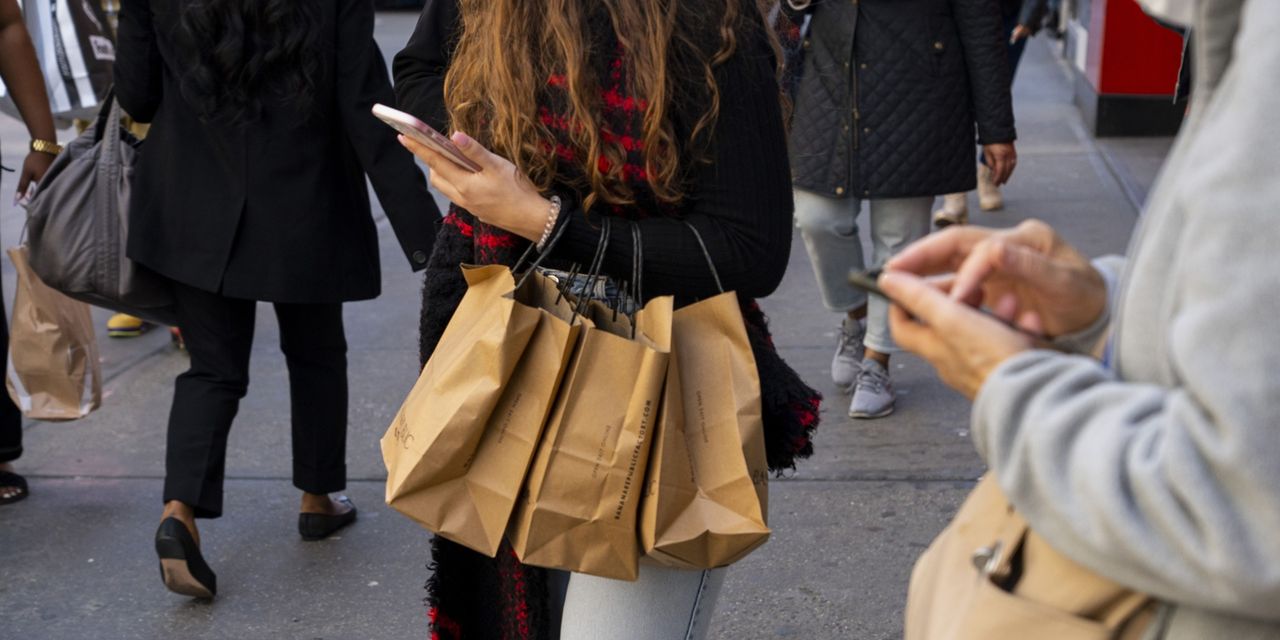About the author: Dana M. Peterson is chief economist at the Conference Board.
Following years of crises, disruptions, and angst, consumers are feeling more confident about the future. Could this uptick in optimism signal a soft landing for the U.S. economy, despite aggressive tightening by the Federal Reserve?
While consumer opinion is vital to understanding the economy, it is too early to call.
In July, the Conference Board Consumer Confidence Survey surged to a two-year high after a lengthy period of sideways movements in a range well below 2019 levels.
According to the survey, consumers cite favorable current business and labor market conditions. Notably, many more say “jobs are plentiful” than “hard to get,” and that gap continued to widen.
Their optimism makes sense, as the unemployment rate is historically low and job openings are still manifold. Meanwhile, many consumers have seen their wages increase because they quit low-wage jobs for higher-paying ones or received monetary incentives from employers to stay on board. Moreover, all consumers are enjoying rising inflation-adjusted incomes with ebbing food and energy price inflation.
Consumers not only rate current conditions highly, but they are also more optimistic about the future. The survey’s expectations index rose well above the threshold that usually signals recession at some point over the next six months. That’s a sign that consumers expect favorable economic conditions to continue.
Nonetheless, the report also has concerning notes. While fewer consumers anticipate recession now relative to the peak a few months ago, 70.5% still suspect that a U.S. economic downturn is ahead. They aren’t alone in being wary. The Conference Board CEO Confidence survey canvasses CEOs from Fortune 500 companies. In the third-quarter survey, 84% anticipate a U.S. recession over the next 12 to 18 months.
Consumers’ views of future finances and income indicators are less rosy, potentially reflecting concern about future strains—if not from inflation and slower wage gains, then from mounting debt. Many households are leveraging up on credit cards to finance purchases. Moreover, the roughly 44 million people, or one in five U.S. adults, with outstanding student loan debt may have to start repaying those loans, or at least the interest, as soon as October.
Buying plans are less robust than they were earlier this year. On a six-month moving average basis, desires to purchase durable goods like appliances have cooled. The binge in so-called revenge leisure travel may also be running its course, as the survey’s vacation plans gauge has ticked lower.
Consumers also indicate greater willingness to purchase services they need—healthcare, motor vehicle services, and financial services, for example—than those they want, such as hotel stays and entertainment. Additionally, consumers plan to dial down entertainment spending, for example, by paying more for in-home streaming services than going to pricier movie theaters or amusement parks.
Potentially, consumers may not yet fully appreciate the challenges still awaiting the economy in the second half of 2023. The roughly $2.2 trillion in excess savings that consumers accumulated from fiscal stimulus checks will probably run dry by this fall. This means consumers will rely more on earned income, credit cards, and other forms of wealth, like home equity, to support spending—and at greater cost.
Firms are gradually withdrawing job ads, and wage growth is slowing, which may also moderate earned-income growth. After all, decreased real consumer spending will lead to less demand for workers. This will loosen the labor market, lowering the wage gains needed to attract and retain workers. While 80% of large firms still plan to hire or hoard workers over the next year, wage increases will be smaller, according to the Conference Board CEO Confidence survey.
Given the higher cost of capital, tighter bank-lending conditions, and slowing consumer demand, firms may even choose to lay off workers as profit margins narrow. This may be especially true among small and medium-size firms, which lack the bandwidth to retain employees through tough times.
A collapse in housing activity and year-on-year declines in home prices in response to tighter Fed policy have also reversed the tide of owners’ real estate equity, minimizing the amount available for home equity loans to cushion spending. And any new loans will cost substantially more, given 5.25 percentage points of interest-rate hikes.
Finally, there are limits to how much consumers can rely on credit cards to underpin spending. Credit card usage has spiked, returning credit debt service ratios to prepandemic levels. Meanwhile, these loans’ interest rates have leapt from 14% to 21% over the past year. At some point, consumers will have to repay these loans—and in a less certain economic environment.
These negatives suggest that material inflation reduction is unlikely to occur without some economic pain, possibly even a recession.
The bottom line: Although the risk of recession has lessened compared with earlier this year, we should await additional data, and for the Fed’s long and variable lags to fully kick in, before declaring a soft-landing victory.
Guest commentaries like this one are written by authors outside the Barron’s and MarketWatch newsroom. They reflect the perspective and opinions of the authors. Submit commentary proposals and other feedback to [email protected].
Read the full article here



